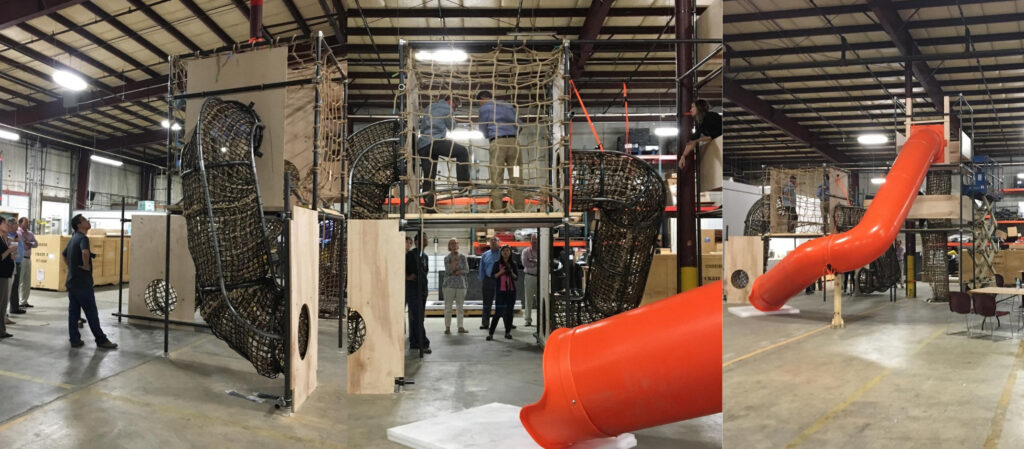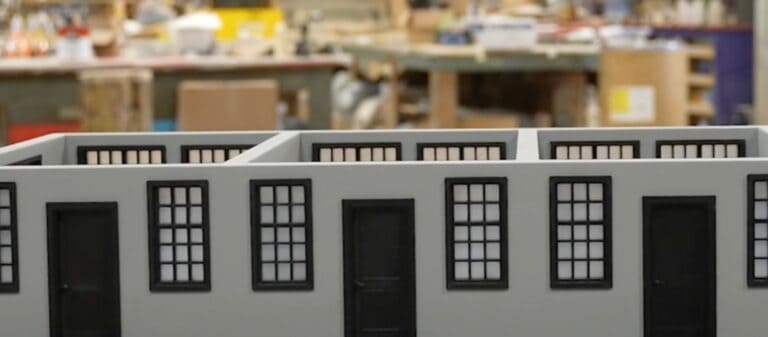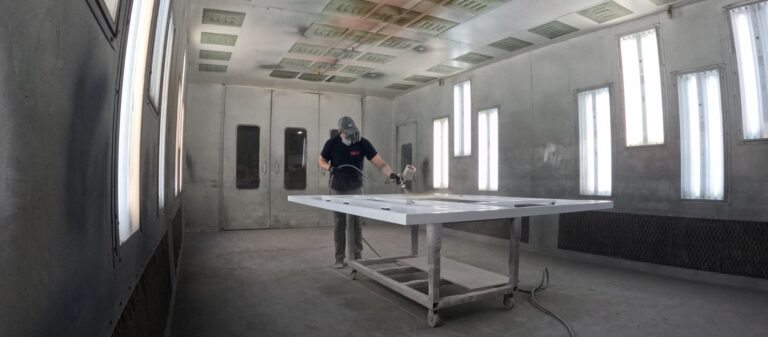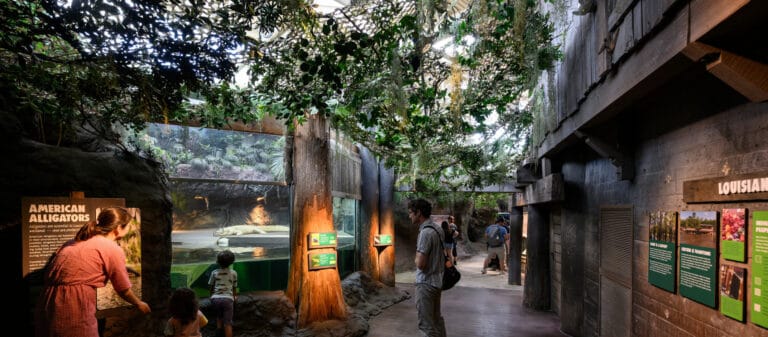In the dynamic world of museum exhibits, where innovation meets education and creativity merges with history, the prototyping process emerges as a vital step in bringing ideas to life. The journey from conceptualization to the final exhibit is an intricate dance of imagination, technology, and craftsmanship. In this blog post, we dive into the prototyping process, uncovering its significance in creating captivating museum exhibits that leave an indelible impact on visitors.
Understanding the Prototyping Process: A Prelude to Excellence
Prototyping isn’t just about building a physical model; it’s a comprehensive approach that involves refining concepts, testing functionality, and fine-tuning the exhibit’s narrative. It serves as a bridge between imagination and reality, allowing exhibit designers and curators to visualize the final product and make informed decisions moving forward.
From Vision to Blueprint
The prototyping process often begins with translating the initial vision into a detailed blueprint. The phase involves brainstorming, research, and collaboration between exhibit designers, content specialists, and curators. By aligning the concept with educational goals and audience engagement, the blueprint sets the stage for the rest of the process.
Crafting the Physical Prototype
With the blueprint in hand, the transition from virtual design to the physical world begins. This phase of the prototyping process may involve creating scaled models, mock-ups, or even interactive digital prototypes. It’s an opportunity to evaluate spatial relationships, flow, and visitor interaction. For example, if the exhibit involves touchscreens or interactive elements, a digital prototype can simulate user experience and functionality.
Testing and Refinement
The heart of the prototyping process lies in testing and refinement. This involves seeking feedback from various colleagues across departments, including fabricators, members of the audio-visual team, project managers, etc. By observing how people interact with and react to the prototype, designers can then identify strengths, weaknesses, and areas that require improvement. This iterative process ensures that the final exhibit meets both educational goals and visitor expectations.
Material Selection and Aesthetic Enhancement
Beyond functionality, the prototyping process also helps in selecting the right materials and enhancing the exhibit’s aesthetics. Factors like lighting, color schemes, and texture play a significant role in creating a captivating and immersive experience. Prototyping allows designers to experiment with different materials and visual elements, ensuring that the exhibit’s overall look aligns with its intended narrative,
Technological Integration
In today’s digital age, technology often plays a pivotal role in museum exhibits. Whether it’s interactive touchscreens or audio-visual additions, prototyping is the phase where technological integrations take center stage. It’s essential to ensure that these technologies not only function seamlessly but also enhance the visitor’s understanding and engagement.
Fine-Tuning the Storytelling
Museum exhibits are as much about storytelling as they are about education. During the prototyping process, the exhibit’s narrative undergoes refinement. Content specialists work alongside designers to ensure that the information is presented cohesively and effectively. This iterative process allows for adjustments in the exhibit’s pacing, information hierarchy, and overall narrative flow.
Balancing Innovation and Feasibility
Prototyping isn’t just about pushing boundaries; it’s about finding the right balance between innovation and feasibility. While groundbreaking concepts are exciting, they need to be achievable within the exhibit’s budget, timeline, and logistical constraints. Prototyping helps in identifying potential roadblocks and devising solutions that maintain the exhibit’s integrity without compromising on quality.
Excellence in Exhibition
As the prototyping process culminates, what emerges is more than just a physical model. It’s a culmination of creative vision, collaborative effort, and meticulous planning. The final exhibit reflects the dedication to creating an immersive, informative, and memorable experience for visitors.
The Prototyping Process: Bridging Imagination and Reality
The prototyping process is the bridge that connects the boundless imagination of exhibit designers with the real-world space where history, art, and education converge. It’s a journey that transforms ideas into reality, ensuring that every element, from aesthetics to functionality, aligns seamlessly.
At 1220 Exhibits, prototyping falls into our vast list of capabilities. With 100,000 square feet of space to assemble and test, we can test any exhibit in house before shipping.
Interested in learning more? Contact us today!








